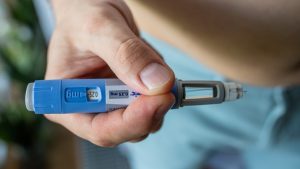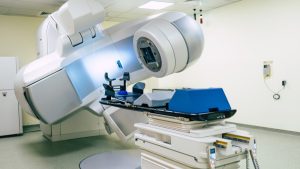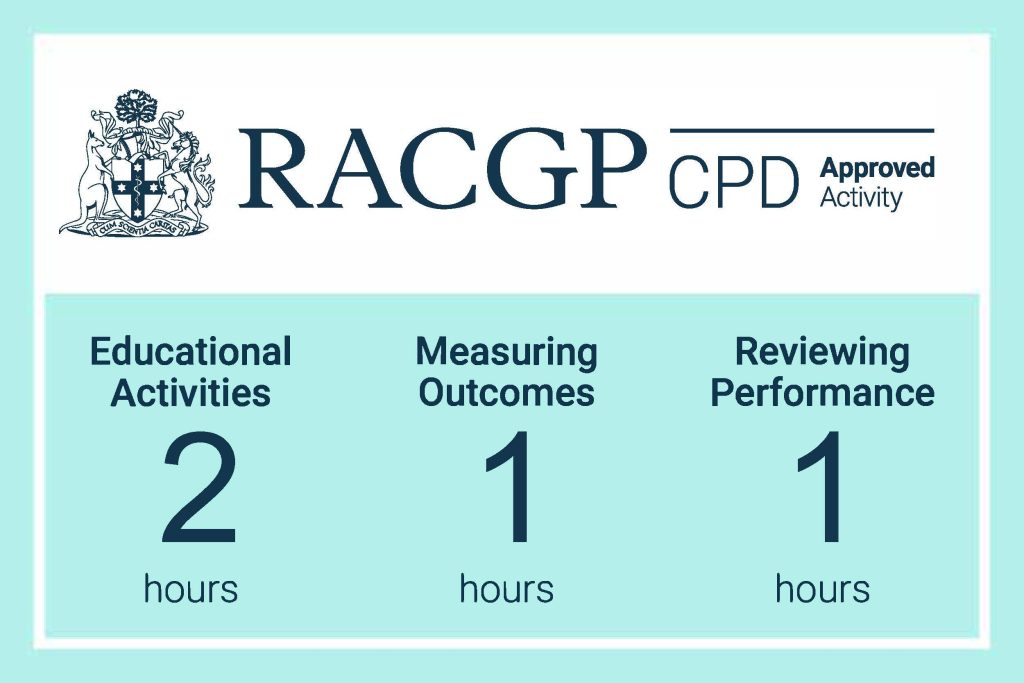Articles / Exercise mini sessions make activity more palatable

Exercise snacking involves doing bursts of approximately one to three minutes of high intensity exercise throughout the day. The approach evolved out of high-intensity interval training (HIIT), in which short bouts of high intensity activity are interspersed with short rest breaks over one session.
Studies have shown HIIT has various physiological benefits, but not everyone wants to set aside 30 minutes or so to get hot and sweaty in a HIIT session.
Exercise snacking does not require a dedicated chunk of time, nor do you need to dress in exercise gear. You can simply do activity bouts as part of your daily routine.
As such, exercise snacks can help overcome common barriers to physical activity––including lack of time, cost, and limited access to exercise facilities.
While more research is needed, there is growing evidence that exercise snacking can improve a range of physiological outcomes.
A 2022 review of studies using either laboratory-based cycling or practical stair climbing concluded that exercise snacks may improve blood insulin and lipid levels in individuals with overweight or obesity (compared to uninterrupted sitting), and are effective for improving cardiorespiratory function and exercise performance measures in adults who were previously inactive. It also suggested exercise snacks could help offset the adverse vascular effects of prolonged sitting.
Exercise snacks may be suitable for older adults, too. A four-week Australian pilot trial randomised 38 community-dwelling older adults to do either one, two, or three bouts of resistance training for nine minutes each day, or their usual activities. While effect sizes on physical function were similar for intervention and control groups, there was high retention (100%), adherence (97, 82, and 81% respectively for snack groups), and only two adverse events (one episode of plantar fasciitis and one of lower back/leg pain, with both participants able to continue a modified program) from 1317 exercise sessions.
“Four weeks is not long enough to determine if there are physical benefits to exercise snacking sessions,” said lead researcher Dr Jackson Fyfe, Senior Lecturer in Exercise Science at Deakin University. “But there are already plenty of related studies that show minimal-dose resistance training offsets the negative effects of ageing and improves mental health.”
He says the study shows breaking exercise down into simple, bite-sized and home-based routines can help people stick with it, and that it’s never too late to start exercising.
A recent scoping review of 32 papers (including experimental, quasi-experimental, qualitative and epidemiological studies involving adults or older adults) concluded that exercise snacks were feasible and seemed safe.
They noted epidemiological studies showed steep, almost linear relationships between exercise snacking and reduced cardiovascular, cancer, and all-cause mortality, plus reduced cancer and cardiovascular event incidence.
The authors also said available trial evidence, while limited, found exercise snacks led to modest improvements in cardiorespiratory fitness, although results for other outcomes—including mood, physical function, and quality of life—were less clear.

Menopausal Hormone Therapy - What Dose of Estrogen is Best?

Cardiovascular Benefits of GLP1s – New Evidence

Oral Contraceptive Pill in Teens

RSV and the Heart


Modified but kept in place
Eliminated entirely without replacement
Maintained as is
Completely replaced with an alternative system
Listen to expert interviews.
Click to open in a new tab
Browse the latest articles from Healthed.
Once you confirm you’ve read this article you can complete a Patient Case Review to earn 0.5 hours CPD in the Reviewing Performance (RP) category.
Select ‘Confirm & learn‘ when you have read this article in its entirety and you will be taken to begin your Patient Case Review.
Menopause and MHT
Multiple sclerosis vs antibody disease
Using SGLT2 to reduce cardiovascular death in T2D
Peripheral arterial disease
